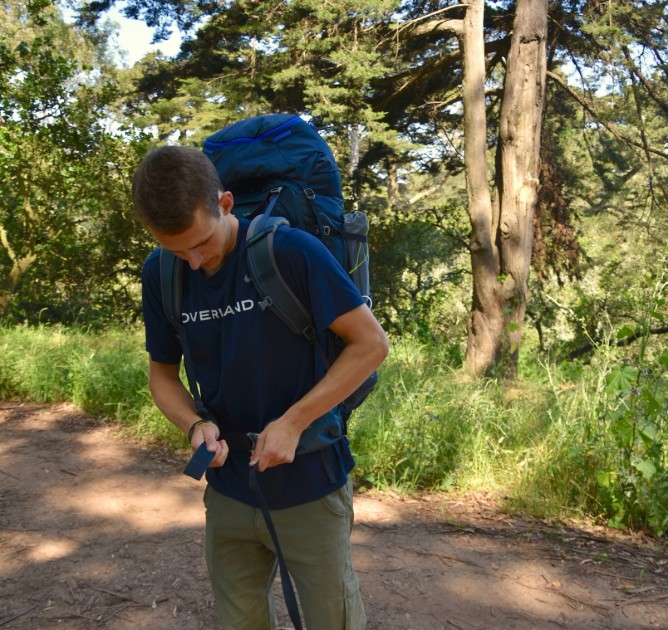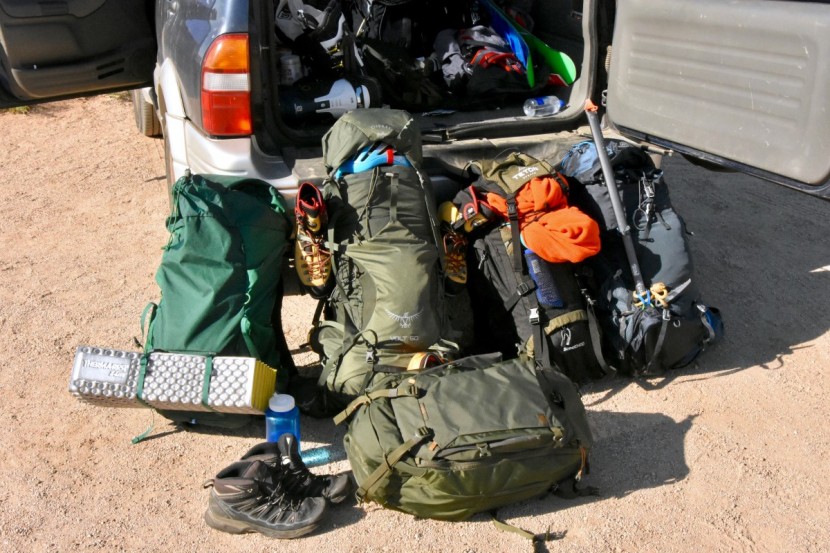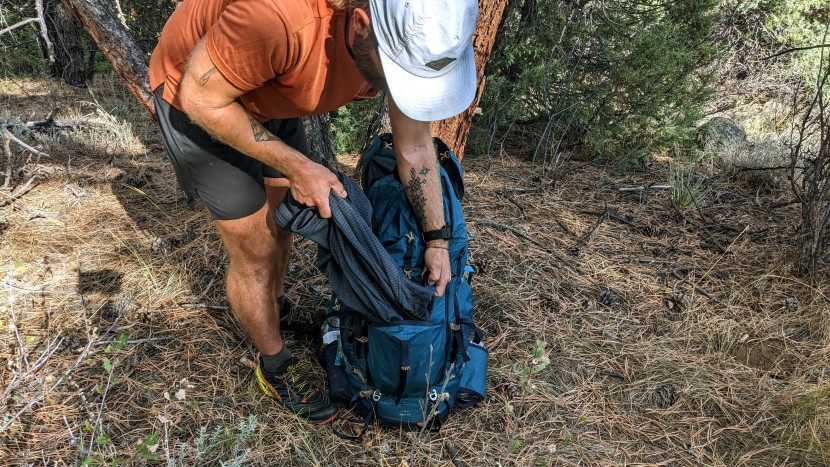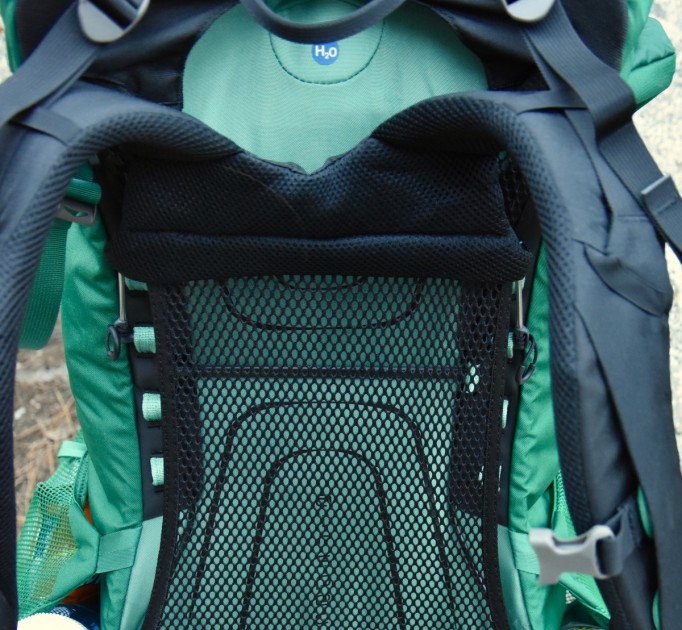We split our testing into two categories — evaluation before hitting the trail and performance while backpacking.
Comfort
We hiked with each pack over long distances with a range of weights loaded in them. We pushed each pack well into the 40-pound territory. But, we didn't break 50 pounds during our testing because none of these packs are meant for heavy hauling. We specifically noted how each of the following aspects of the pack felt — overall suspension, hip comfort, shoulder comfort, and pressure points. We considered each of these after the first hour on the trail, then at the end of the first day, and at the end of the trip. This way, we could evaluate if certain packs were more comfortable over shorter periods of time than others.
Ease of Use
This is a largely qualitative metric, and some features can be a plus or minus depending on your intentions for the bag. We spent hours studying and comparing the features and design of each pack before ever stepping foot on the trail. We stuffed our gear in every crack and crevice of the packs to evaluate the usefulness of pockets and ease of packing.
While backpacking, we made note of the accessibility via each opening in the pack. We also determined how much each feature helped us to store the gear that we needed easy access to and whether or not the overall pocket design worked well for us.
Weight-to-Volume Ratio
Measuring weight was very straightforward. We made sure the whole pack was empty and weighed it on a scale. We did not remove the included pack covers or any other features or removable components before weighing each pack.
We also measured the internal volume of the main compartment of each pack using hundreds of ping pong balls and a measuring cylinder. In general, we found that the advertised volume of every pack typically includes all its exterior pockets, not just its main compartment.
We then calculated the weigh-to-volume ratio of each pack using the total weight and volume. It seems obvious to even say this, but a smaller pack will weigh less. Once you start to consider the weight relative to the volume, then you can really start to get an idea of how the how light (or not) each backpack is constructed.
Adjustability
We took into account each aspect of the packs that could allow a more customized fit. This included the range of torso lengths, the precision of adjustment, and waist belt sizes. We also paid attention to how easy the straps were to locate and tighten in order to dial in the fit.




